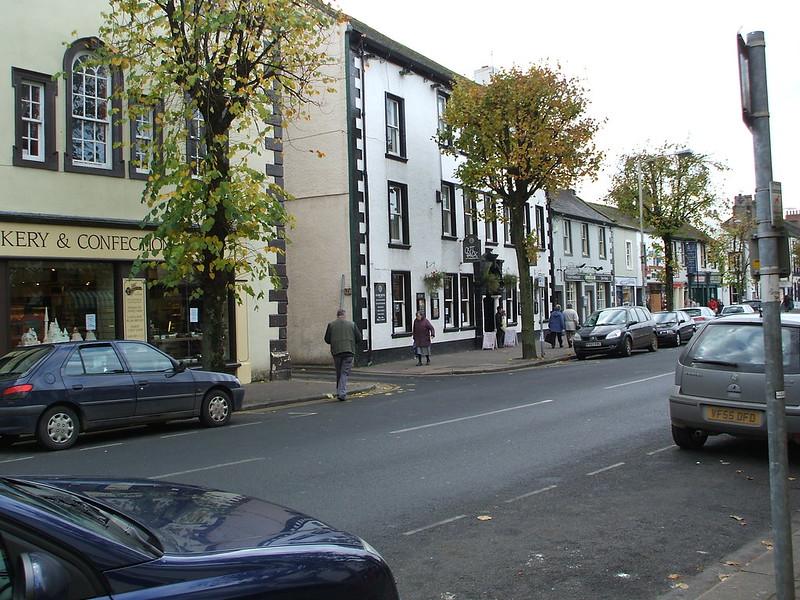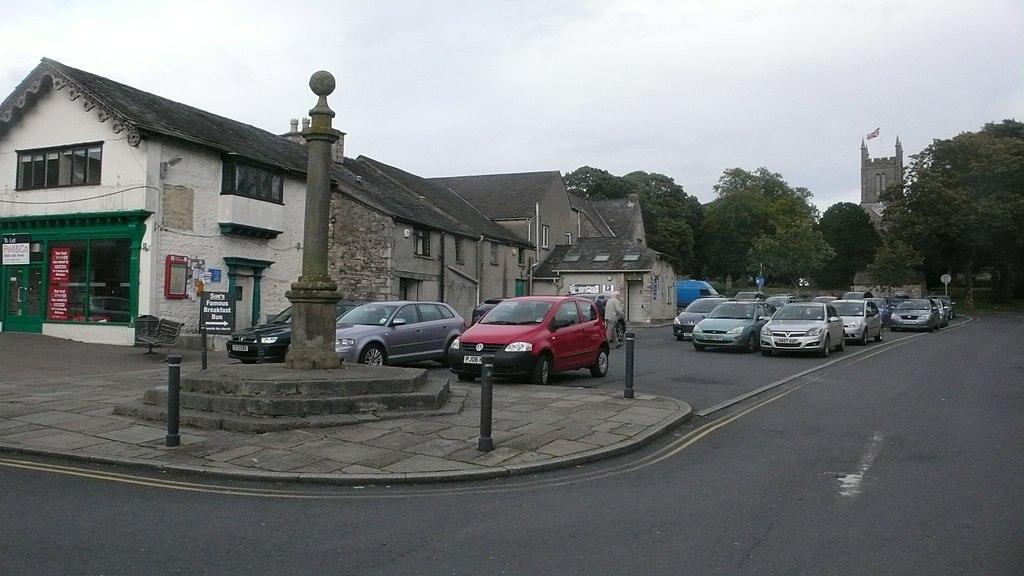Introduction to Cockermouth
Cockermouth, a picturesque market town in Cumbria, England, is renowned for its historical significance, charming architecture, and natural beauty. Nestled at the confluence of the River Cocker and River Derwent, this town offers a blend of rich heritage, vibrant culture, and modern amenities, making it a unique destination for visitors and a delightful place to live. This article explores various aspects of Cockermouth, from its geography and history to its economy, culture, and living standards.
Geography and Demographics
Cockermouth is situated approximately 26 miles southwest of Carlisle and 13 miles west of Keswick, making it a gateway to the western Lake District. The town covers an area of about 2.3 square miles and is characterised by its scenic landscapes, including rolling hills and riverbanks.
The population of Cockermouth is around 8,000, reflecting a diverse and growing community. The town boasts a blend of historic charm and contemporary living, attracting residents and visitors alike.
History of Cockermouth
Early History and Formation
Cockermouth's history dates back to Roman times, with evidence of Roman roads and settlements in the area. The town's name is derived from its location at the mouth of the River Cocker, which joins the River Derwent. The Norman Conquest saw the construction of Cockermouth Castle in the 12th century, a significant historical landmark that played a pivotal role in the town's development.
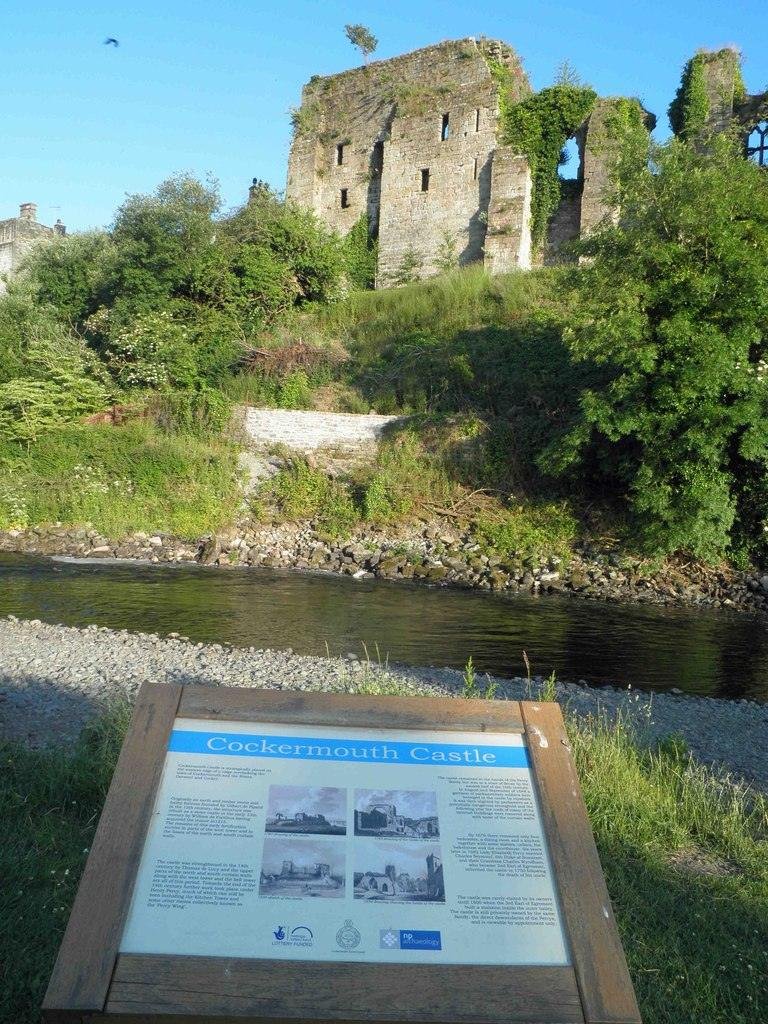
Industrial Revolution and Its Impact
The Industrial Revolution brought significant changes to Cockermouth. The town became a hub for the woolen industry, with several mills operating along the rivers. The development of the railways further boosted Cockermouth's economic growth, facilitating trade and transport.
Modern Developments and Current Status
In recent decades, Cockermouth has transitioned from its industrial roots to a more diverse economy. The town has focused on tourism, heritage preservation, and community development. Today, Cockermouth is a vibrant community that balances its historical significance with modern amenities and services.
Economy
Key Industries and Sectors
Cockermouth's economy is diverse, with key industries including tourism, retail, and services. The town's rich history and proximity to the Lake District attract visitors, while local businesses provide essential services and employment opportunities.
Major Employers and Economic Hubs
Major employers in Cockermouth include local schools, healthcare providers, and retail businesses. Jennings Brewery, one of the town's oldest businesses, has been brewing traditional ales since 1828 and remains a significant employer.
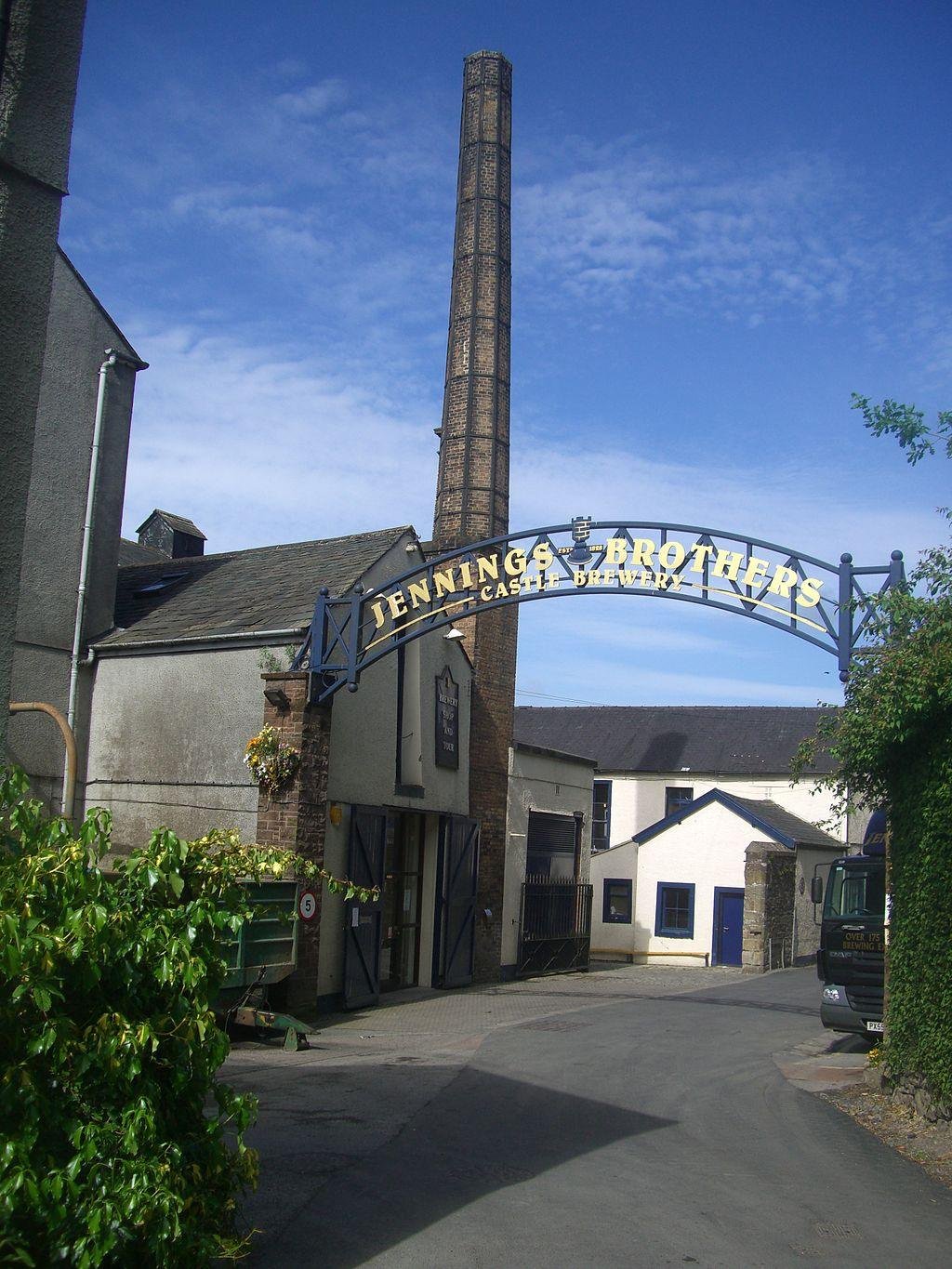
Economic Growth and Future Prospects
Cockermouth continues to experience steady economic growth, supported by investments in tourism and community projects. The town's strategic location near the Lake District and its rich history position it well for future growth, attracting new businesses and residents.
Culture and Heritage
Historical Landmarks and Sites
Cockermouth is home to numerous historical landmarks, including Cockermouth Castle, Wordsworth House (the birthplace of the poet William Wordsworth), and the Kirkgate Centre, which hosts various cultural events and performances.
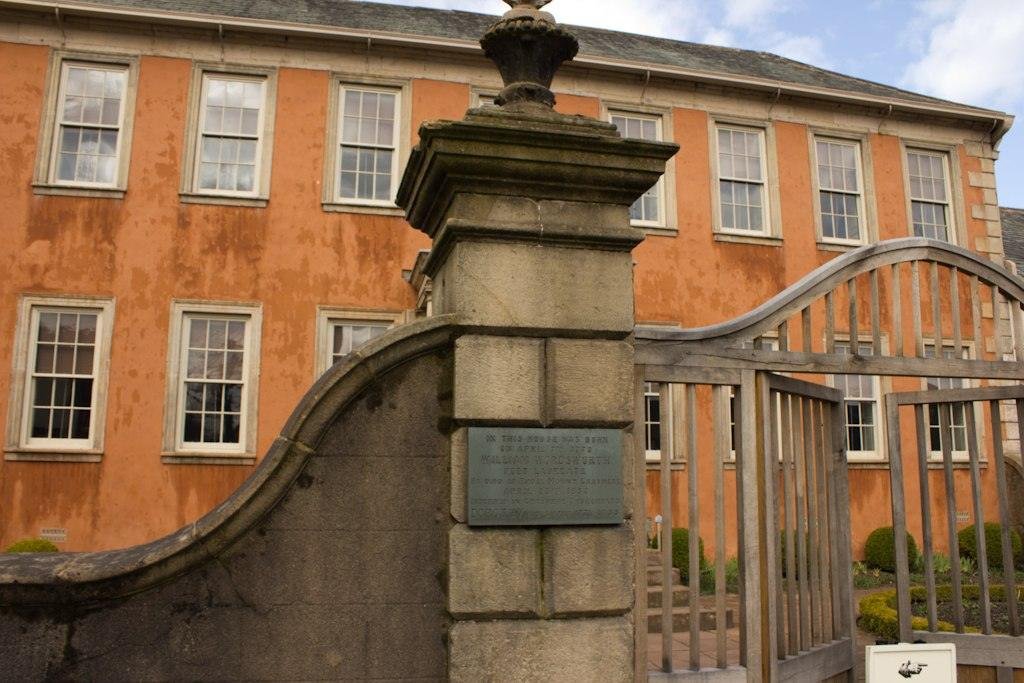
Museums and Cultural Institutions
The Wordsworth House and Garden, now managed by the National Trust, is a key cultural institution that celebrates the town's literary heritage. The Castlegate House Gallery showcases contemporary art, adding to the town's cultural vibrancy.
Festivals and Local Traditions
Cockermouth hosts a variety of festivals and events throughout the year, celebrating its cultural diversity and community spirit. The Cockermouth Georgian Fair, the Taste Cumbria food festival, and the Cockermouth Live! music festival attract visitors from across the region and beyond.
Tourism
Major Tourist Attractions
Cockermouth offers a wealth of tourist attractions, from its historical sites to its scenic landscapes. Key attractions include Wordsworth House and Garden, Cockermouth Castle, and the Jennings Brewery.
The town's proximity to the Lake District provides access to beautiful walking trails, lakes, and outdoor activities. Visitors can explore the natural beauty of the area, including nearby attractions such as Derwentwater and Whinlatter Forest Park.
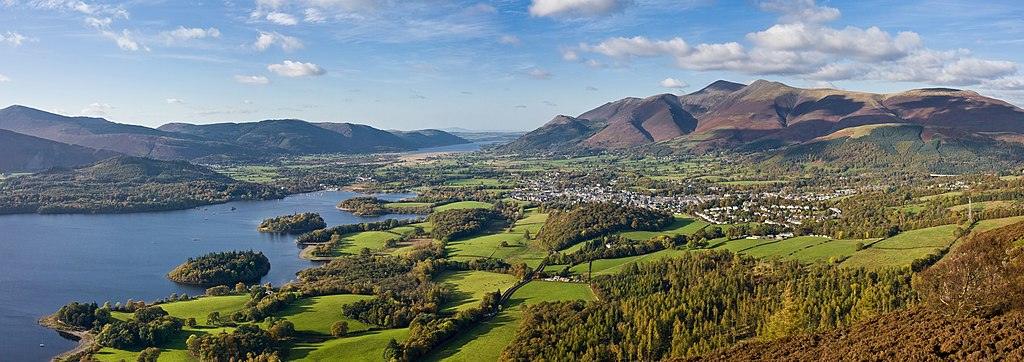
Outdoor Activities and Natural Beauty
Cockermouth's natural beauty is showcased in its parks, riverbanks, and nearby nature reserves. The town is a gateway to the Lake District National Park, offering opportunities for hiking, cycling, and exploring the stunning landscapes.
Accommodation and Travel Tips
Cockermouth offers a range of accommodation options, from cosy bed and breakfasts to luxury hotels. Visitors are advised to explore the town's public transport options, including regular bus services and nearby train stations that provide connections to Carlisle and other major cities.
Education and Research
Schools and Educational Institutions
Cockermouth is served by several primary and secondary schools, providing quality education for local children. Cockermouth School is the main secondary education institution, known for its strong academic performance and extracurricular programs.
Research and Development
While Cockermouth itself is not a major research hub, it benefits from its proximity to universities and research institutions in Carlisle and other nearby cities. These institutions contribute to regional innovation and provide opportunities for collaboration and development.
Transport and Infrastructure
Road, Rail, and Public Transport Networks
Cockermouth is well-connected by road, with the A66 providing direct access to Keswick and Penrith, and the A595 linking to Carlisle. Regular bus services connect the town to nearby cities and the Lake District, making commuting and travel convenient.
Major Infrastructure Projects
Recent infrastructure projects in Cockermouth have focused on improving transportation links, enhancing public spaces, and supporting new housing developments. These projects aim to boost the town's attractiveness and support its growing population.
Connectivity within the UK and Beyond
Cockermouth is easily accessible from major cities in the UK, with Carlisle providing rail and road connections to the rest of the country. The town's proximity to the Lake District and the coast enhances its appeal for business and leisure travel.
Living in Cockermouth
Quality of Life and Living Standards
Cockermouth offers a high quality of life, characterised by its scenic surroundings, community spirit, and modern amenities. The town's blend of historical charm and contemporary living makes it an attractive place to reside.
Housing and Real Estate
The housing market in Cockermouth features a variety of options, from historic cottages to new-build homes. Recent developments have expanded housing availability, catering to both families and individuals seeking a peaceful yet connected lifestyle.
Healthcare and Community Services
Residents of Cockermouth have access to comprehensive healthcare services, including local GP practices, dental clinics, and nearby hospitals in Carlisle and Whitehaven. Community services, such as libraries, sports facilities, and community centers, contribute to the town's vibrant and supportive community environment.
Conclusion
Cockermouth, with its rich history, diverse economy, and vibrant community, is a town that offers the best of both worlds: historical significance and modern living. Its strategic location, scenic beauty, and strong sense of community make it an appealing place for residents and visitors alike. As Cockermouth continues to grow and develop, it remains a testament to the enduring charm and resilience of Cumbria's market towns.
